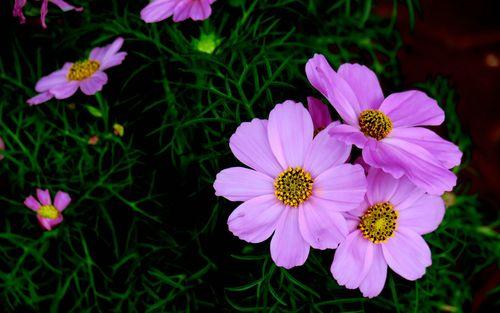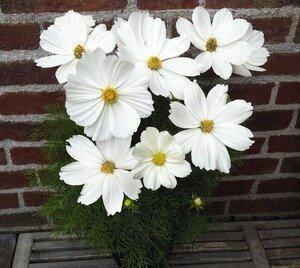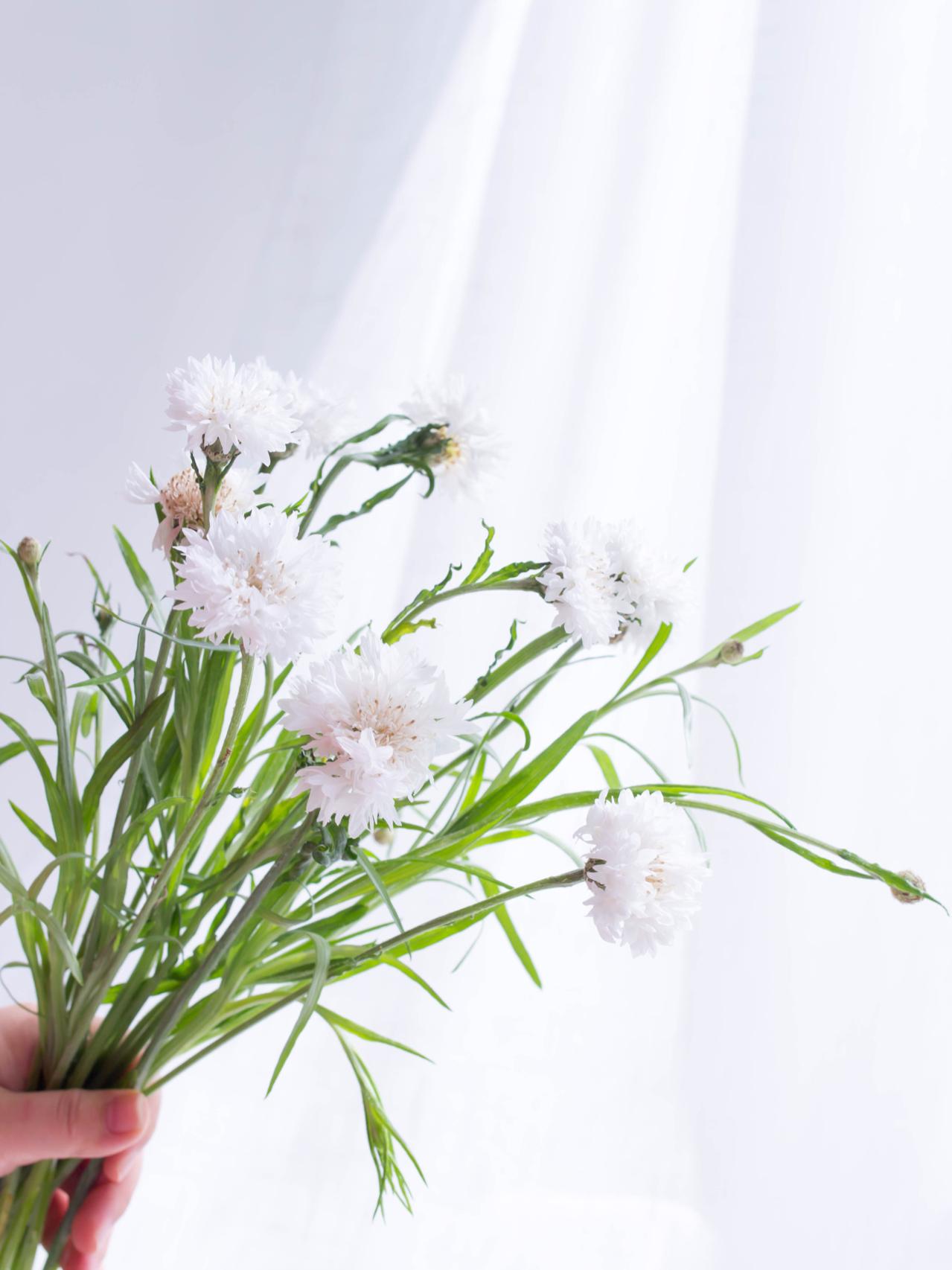Curtisiaceae is a family of flowering plants that has an interesting story behind its discovery. In 1777, an English botanist named William Curtis received a shipment of dried plant specimens from South Africa. Among the specimens was a unique plant that Curtis was unable to identify. The plant had no flowers or seeds, and Curtis initially thought it was some sort of moss or lichen.
However, almost 20 years later, the mystery plant suddenly sprouted leaves and flowers in Curtis’s greenhouse. Curtis was finally able to identify the plant as a new species and named it after himself: Curtisia dentata. Later on, it was determined that Curtisia dentata was actually the only known species in a new family, which was named Curtisiaceae in honor of William Curtis’s discovery.
Picture
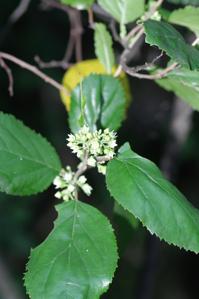
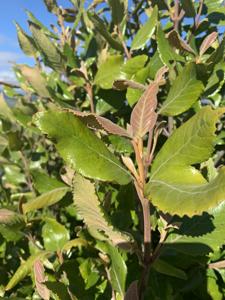
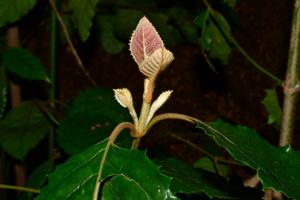
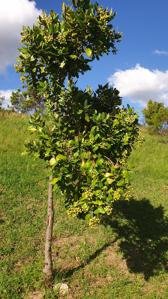
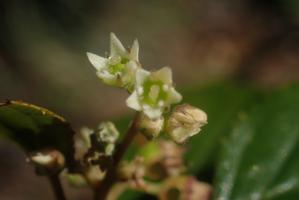
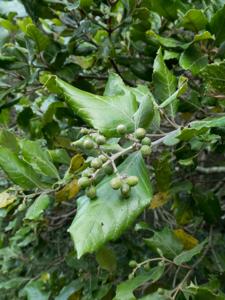
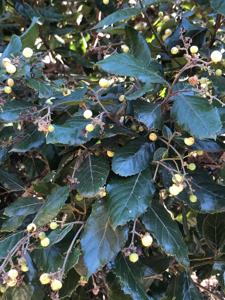
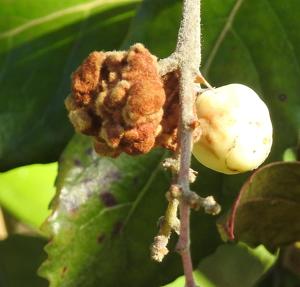
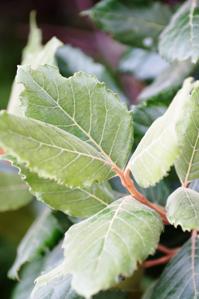
Plant some seeds now!
Short Description
Curtisia dentata (commonly known as the Assegai tree or Cape lancewood, Afrikaans: Assegaai, Xhosa: Umgxina, Zulu: Umagunda) is a flowering tree from Southern Africa. It is the sole species in genus Curtisia, which was originally classed as a type of “dogwood” (Cornaceae), but is now placed in its own unique family Curtisiaceae.
It is increasingly popular as an ornamental tree for gardens, with dark glossy foliage and sprays of pure white berries. The bark of this tree is a very popular component of traditional African medicine, leading to overexploitation and a decline in the species in some areas of South Africa. The tree is protected in South Africa.

